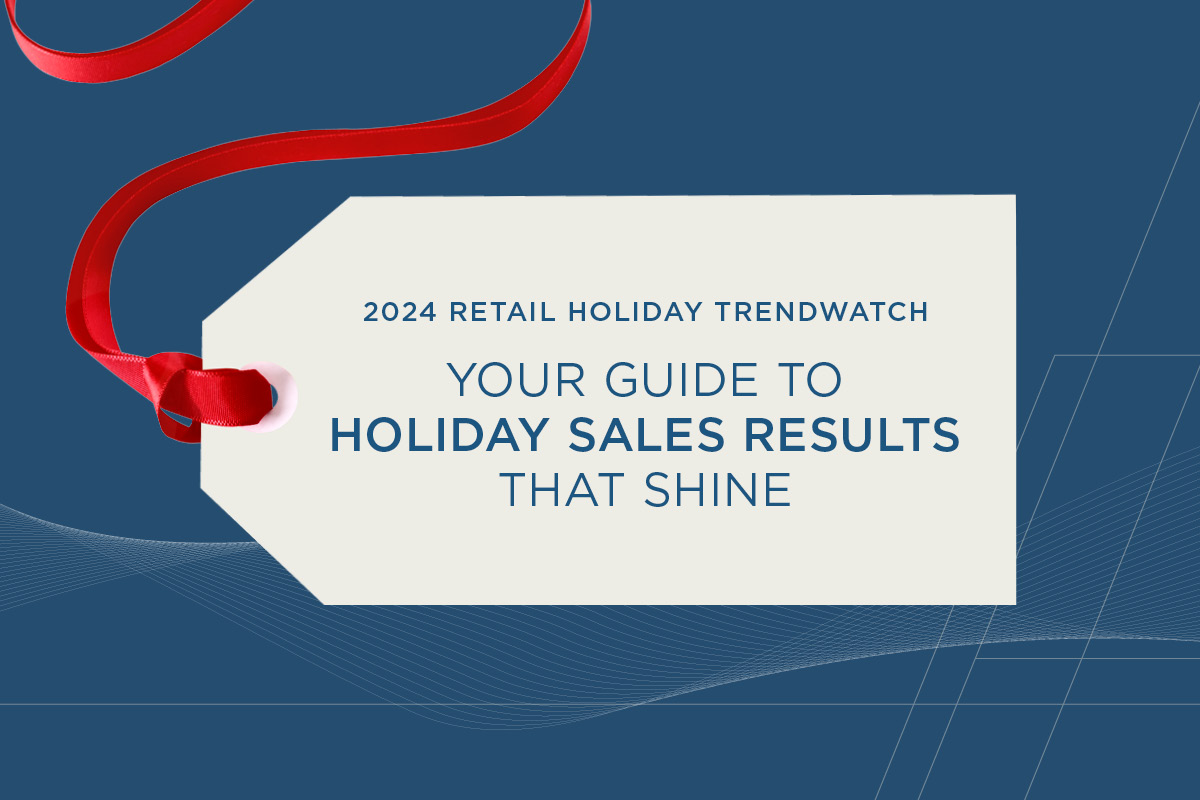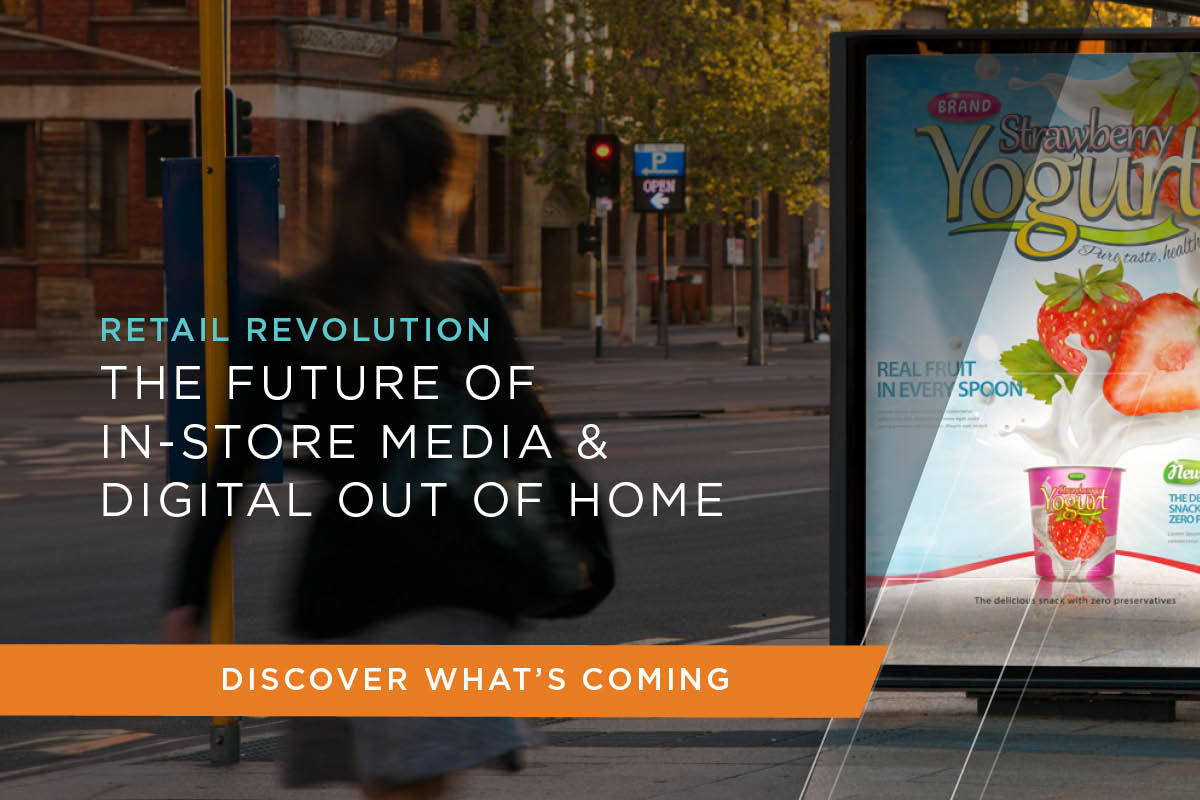Summary
It’s hard to ignore COVID-19’s impact on the world around us. With 23.1 million people unemployed in the U.S. as of early May, according to the U.S. Bureau of Labor Statistics, it’s a gross understatement to say these are uncertain times.
Consumer shopping behaviors have dramatically changed in a short period, and what was considered a necessity only a few months ago now seems like a luxury. This environment is forcing brands to rethink the customer relationship while connecting with consumers in new and old ways.
Enter the coupon marketing strategy.
In this series of blog posts, we have been discussing the multifaceted role of coupons: delivering a small gesture of hope and caring while keeping brands within reach of consumers with tightening budgets. This entry takes a look at key buying groups and the aperture for brands to use coupons strategically in response to consumers’ changing (and unchanging) behaviors while offering desperately needed savings for those most affected by economic woes.
If you haven’t yet read the other parts of this series, click here to read the first installment on coupon strategy lessons from the Great Recession, and click here to read the second entry that focuses on how the pandemic will change consumer behavior.
Key Buying Groups
Brand loyalty has been declining for years, spurred by the massive number of options consumers have for fulfilling their product needs. Yet in the early weeks of the pandemic — even as budgets were tightening — consumers were signaling a desire to stick with their favorite brands.
The Path to Purchase Institute reports that 34% of shoppers are visiting multiple stores just to find their preferred brands (survey fielded March 14-16). A Valassis consumer survey conducted the same week found that 48% of shoppers are staying true to the brands they typically purchase; in a follow-up survey two weeks later, this number dipped only slightly to 44%. Fast forward to April, when a Kantar ShopperScape survey said that 43% of consumers rated being able to buy their preferred brands as “very important.”
These are all encouraging signs that loyalty is winnable in the current climate. It will take some work, however, considering that private label brands rose about a third more in dollar and unit sales compared to national brands in Q1 (Nielsen).
As consideration sets widen and brand discovery abounds, helping consumers act on their avowed loyalty is paramount. Mitigating out-of-stock issues and stabilizing the distribution of top SKUs are essential first steps to getting your brand in the shopping basket. With those fundamentals addressed, brands should offer incentives to stay a step ahead in attracting buyers. A coupon strategy can reward your brand loyalists while also defending against private label brands that compete with national brands on increasingly higher levels.
Switchers, another key buying group, also haven’t strayed too far from pre-pandemic behaviors. According to the same Path to Purchase Institute survey mentioned earlier, consumers are switching brands based on the best price — with 21% buying a mix of their usual and new brands. In both waves of the aforementioned Valassis consumer survey, 19% of respondents reported purchasing whatever brands are available. Product availability could be a factor here — inventory was sparse in key categories — but one might have expected this behavior to accelerate rather than essentially stay the same.
Yes, the economic climate is worsening, which means switching has the potential to become the prevailing shopping behavior. But brands can target both types of shoppers through effective coupon tactics: a trial-level incentive, for example, can encourage switchers to try a brand, and pulsed incentives can be used to reward different types of customer loyalty.
A third key buying group, millennials, had front-row seats to witness the 2008 financial crisis. For younger millennials, this pandemic might be the first major event with the potential to impact their job stability. This fact is not lost on millennials as a whole; according to Prosper Insights, 33% of millennials believe additional layoffs are coming over the next six months.
Even after the threat has passed, it seems inevitable that millennial buyers will make different financial choices. When it comes to paper coupons, the 2K19 Valassis Coupon Intelligence Report found that 86% of millennials are using them from free-standing inserts, or FSI, received in newspapers or the mail; 80% are using coupons they’ve printed from a computer.
This group is digitally driven, and brands have an opportunity to build customer loyalty by effectively integrating digital media with more mass coupon tactics to amplify the response. If millennial buyers love a good bargain, why not present bargains to them right on their mobile devices?
The coronavirus pandemic has already reshaped the marketplace. The disruptions to consumers’ lives and the economic pressures Americans face are deeper than anything the vast majority have ever experienced. In addition to offering much-needed savings to cash-strapped consumers, coupons — whether FSI or digital — encourage all different types of consumers to buy your brand.
As with any marketing campaign, however, coupon performance hangs on the strength of your strategy, which we’ll cover in our next post. Until then, please check out the Valassis CPG content hub for more information on CPG marketing strategies. For additional insights, you may also want to visit our COVID-19 marketing and advertising information page.



